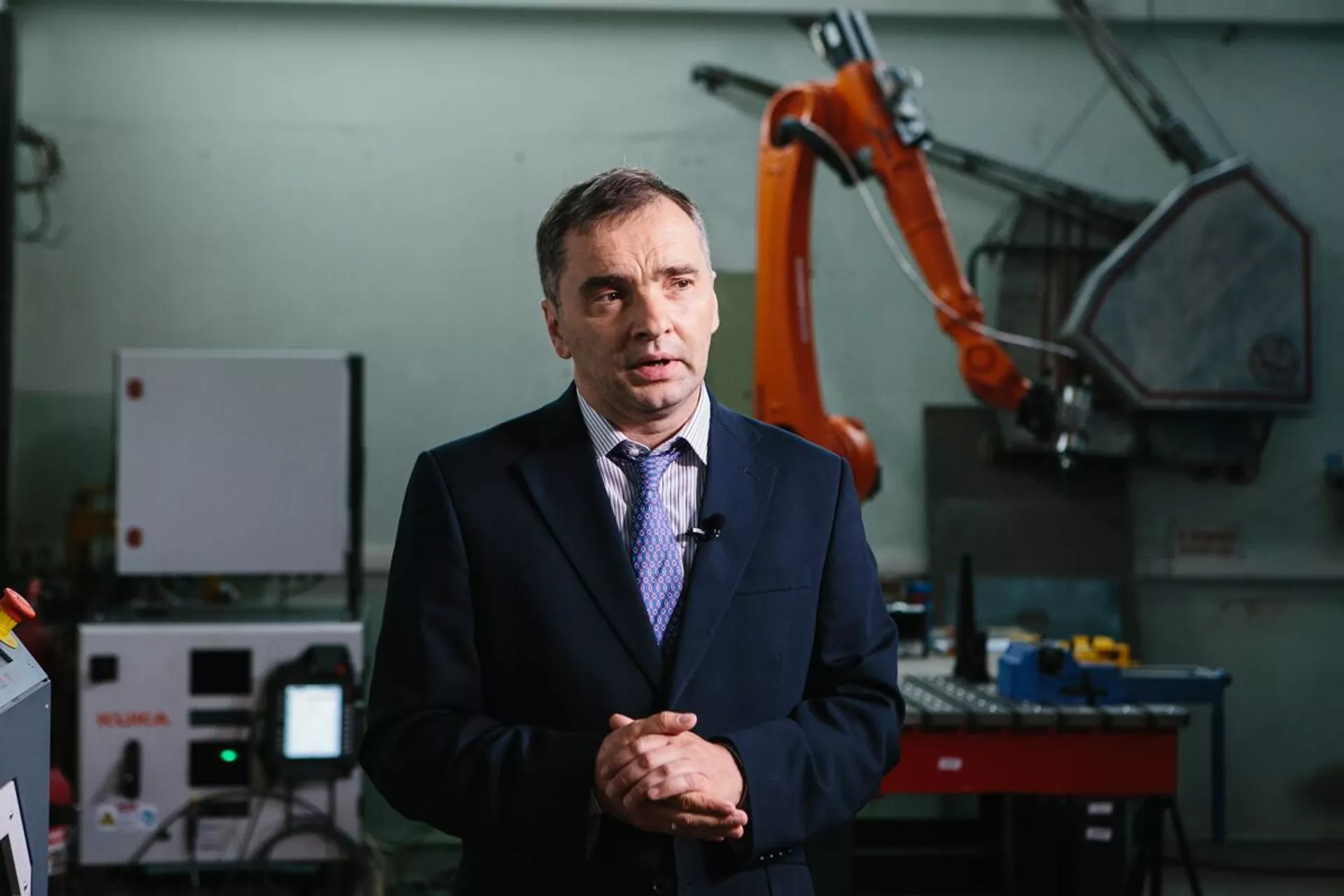Robots, for one, help maintain stable levels of quality during production, Ermolov notes in an interview with Scientific Russia magazine, pointing out that this is why virtually all automotive plants employ robots in all manufacturing processes except for those that can be accomplished only through manual labor.
Secondly, robots help drastically increase productivity: for example, a sausage-packaging machine at a meat-packing plant can pack about 10-12 packs of sausages per minute whereas humans usually can pack no more than three.
Last but not least, the professor remarks, robots can help deal with a lack of human workers.
“We see that our industry is in the ascendant, but there is a severe lack of qualified workers due to the fact that training a sufficient number of such specialists has long been neglected,” he explains. “Robotics can help deal with this bottleneck without resorting to importing workforce from abroad.”
Ermolov warns, however, that the introduction of robotics will necessitate the restructuring of production lines. He cautions against repeating the mistakes of the USSR where, for example, attempts were made to simply “roboticize” manufacturing processes that were designed for manual labor, and predictably ended in failure.
© Photo : Scientific Russia / Olga MerzlyakovaIvan Ermolov

Ivan Ermolov
© Photo : Scientific Russia / Olga Merzlyakova
He even describes this need of “restructuring” production as both psychological and economic factors that hinders the implementation of robotics in industry.
According to Ermolov, anti-Russian sanctions remain a serious problem as far as the implementation of robotics is concerned, due to the fact that domestic manufacturing of robots in Russia is relatively small in scale.
“Thus Russia today has to look for new sources of industrial robots – Chinese models, first and foremost,” he says. “At the same time, we need a coordinated strategy: it is important to understand in what industries and for what purposes we require robots.”
Then, he suggests, Russia should use economic and administrative means to stimulate the development of these robots and their introduction into industrial processes.

 4 months ago
34
4 months ago
34






 We deliver critical software at unparalleled value and speed to help your business thrive
We deliver critical software at unparalleled value and speed to help your business thrive






 English (US) ·
English (US) ·